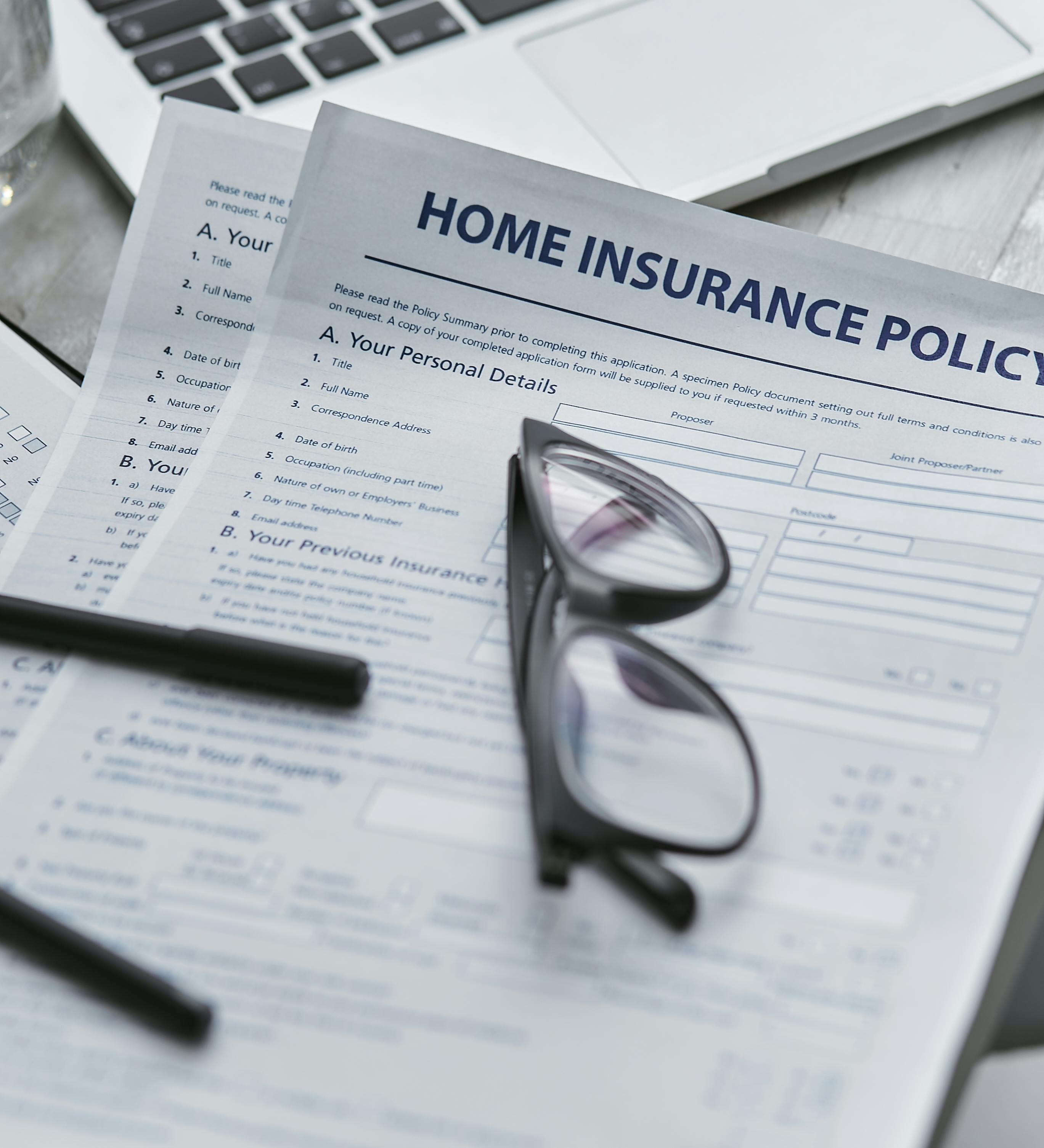Common Policy Exclusions That Affect Asset Coverage
Understanding common exclusions in property insurance helps organizations protect assets effectively. This article outlines typical policy exclusions that reduce or remove coverage for property and equipment, explains how valuation and documentation affect claims, and highlights underwriting and audit practices that influence risk and reimbursement outcomes.

Insurance policies for property and assets often include exclusions that can materially change the scope of coverage. Knowing which exclusions commonly appear and how they interact with valuation, depreciation, and replacement provisions helps organizations manage risk and prepare stronger claims. This article examines frequent exclusions affecting property and asset coverage, how inventory and documentation matter, and how underwriting and appraisal processes play a role in premiums and reimbursement decisions.
How do policy exclusions influence property valuation?
Exclusions tied to valuation determine whether an insurer pays actual cash value, replacement cost, or a limited percentage of insured value. Policies may exclude payment for certain types of loss if assets were overvalued or if appraisal requirements were not met. Valuation exclusions also interact with depreciation: an insurer paying actual cash value will subtract depreciation from the settlement, reducing reimbursement for older equipment or fixtures. Clear policy language, proper appraisal records, and alignment between declared values and inventory lists reduce disputes during claims handling.
How does depreciation affect asset replacement and reimbursement?
Depreciation clauses reduce payouts for aged assets by accounting for wear and functional decline. Many property policies explicitly exclude replacement-cost reimbursement unless a replacement-cost endorsement is purchased and conditions—such as repair or replacement within a set timeframe—are met. When depreciation is excluded from coverage, owners receive less reimbursement, which can hamper replacement plans. Organizations should assess whether premiums for replacement-cost coverage are justified by the replacement value of critical equipment and whether global or regional pricing trends affect future replacement costs.
What role do inventory and documentation play in claims and exclusions?
Poor or incomplete inventory records are frequently at the center of denied or reduced claims. Policies often exclude coverage for losses that cannot be substantiated through contemporaneous documentation, such as purchase receipts, serial numbers, or maintenance logs. Inventory audits, photographic evidence, and detailed documentation of equipment location and condition strengthen a claim and mitigate the impact of exclusions tied to proof of ownership, loss, or value. Regular inventory reconciliation with underwriting submissions prevents unexpected gaps in coverage.
How do equipment-specific and liability exclusions create risk exposures?
Insurers commonly exclude losses arising from wear and tear, inherent vice, gradual deterioration, and specific perils like mechanical breakdown unless separate coverages apply. Equipment excluded from coverage for operational hazards or lack of maintenance creates uninsured exposures and potential liability if failure causes third-party damage. Liability exclusions—such as those tied to professional services or contractual indemnities—also reduce protection. Understanding the boundary between covered perils and excluded operational risks helps determine where supplementary policies or endorsements are needed to manage exposure.
How do underwriting, appraisal, and audits shape policy exclusions and premiums?
Underwriting evaluates risk profiles and often inserts exclusions based on property condition, location, or past loss history. Appraisals performed at binding or renewal can trigger coverage requirements and valuation adjustments; failure to meet appraisal conditions can activate exclusions. Audits—both insurer-led and independent—assess inventory accuracy and compliance with safety or maintenance protocols; adverse findings may result in higher premiums, endorsements, or explicit exclusions. Transparent documentation and proactive risk mitigation measures during underwriting and audits improve negotiation of exclusions and premium terms.
How do claims processes and global considerations affect exclusions and reimbursement?
Claims handling often tests the practical effect of exclusions. Insurers review documentation, underwriting records, and the sequence of events to determine whether an exclusion applies before any reimbursement. For companies operating across jurisdictions, global policy language, regional endorsements, and local regulatory requirements can alter exclusions and responsibilities. Currency fluctuations, local replacement-cost differences, and cross-border transport risks must be considered when structuring coverage to avoid gaps caused by geographically specific exclusions.
Conclusion
Common policy exclusions—covering valuation methods, depreciation, specific perils, documentation requirements, and conditions set during underwriting or appraisal—can significantly affect how property and asset losses are reimbursed. Detailed inventories, robust documentation, appropriate endorsements for replacement-cost coverage, and proactive engagement in underwriting and audit processes reduce the likelihood of denied or reduced claims. Recognizing exclusion triggers and aligning policy language with operational risk controls helps organizations maintain clearer, more reliable asset coverage.





